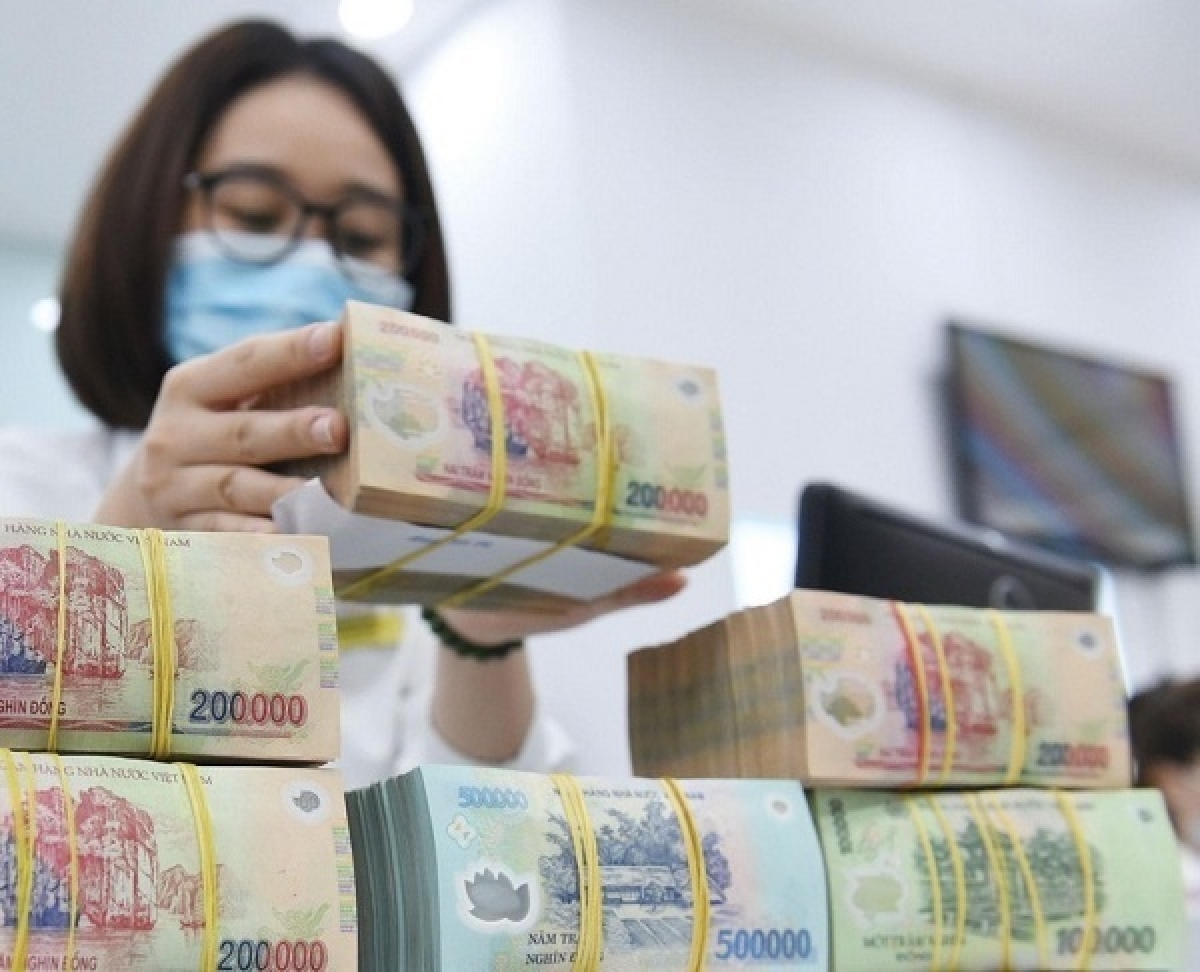INTERNATIONAL INVESTMENT
AND PORTAL
 Credit growth of banks is expected to remain fairly high this year, photo Le Toan
Credit growth of banks is expected to remain fairly high this year, photo Le Toan
Talking to VIR, Tran Thi Khanh Hien, head of the Analysis Division at VNDIRECT Securities, said the internal health of banks has improved much more, and the banking sector still benefits from Vietnam’s economic growth in the long term. As a result, the sector’s valuation at an historic low in 2023 is creating an attractive long-term investment opportunity.
“We maintain a cautious stance on the banking sector outlook in the first half of 2023, as liquidity stress and corporate bond risks persist. About VND46 trillion ($1.94 billion) of corporate bonds maturing in the first half of 2023 will be a big test for the financial system. During this volatile period, we prioritise banks that have the ability to defend against fluctuations, meaning good risk management and limited real estate lending,” Hien said.
In the second half of 2023, Hien expects the banking sector’s business results to be more stable, as interest rate and exchange rate pressures begin to ease, and liquidity improves thanks to the government’s push to increase public investment packages.
“Once the outlook becomes brighter, preference will be given to banks with attractive valuations, solid capital buffers and a large proportion of real estate loans and corporate bonds in their credit portfolios,” Hien added.
Do Hong Van, head of Securities Analysis at FiinGroup, said that while the VN-Index has fallen about 30 per cent from its peak, average liquidity has also decreased by 60 per cent.
“With the sharp declines in stock prices in 2022, the valuation ground of the whole market has also decreased and the price-to-earnings ratio of the whole market is at a relatively low level thanks to the large contribution of profit from the banking sector,” Van said.
“Meanwhile, the less positive 2023 profit outlook has not been reflected in prices in some industries such as real estate (mainly residential real estate), chemicals, fertilisers, fisheries, and textiles and garments,” Van added.
Scurities expert Dao Phuc Tuong told VIR that banks are the main source of capital of the economy, so in the context of congested bond mobilisation, credit growth of banks is expected to remain high in 2023 and this is a positive factor for the system’s profitability.
Meanwhile, he said, the net interest margin (NIM) is likely to expand in the coming period and, unless credit growth decelerates, banking NIMs can still expand rather than narrow in the difficult business environment.
“Banks need to increase the risk buffer for loans. Offsetting for NIM expansion is the increased cost of credit. Accordingly, banks will make more provisions, so it’s insufficient to only look at the banks’ NIM to predict profit growth,” said Tuong.
According to Tuong, the most difficult point for credit institutions, but also a potential bright spot, is provisioning. Currently, provisioning for bad debts is very difficult to evaluate, especially when the bad debt coverage ratio in 2022 has decreased significantly compared to 2021.
In 2023, if real estate prices continue to decline further and continuously, the risk of banks having to increase provisioning will be a challenge, affecting profits.
“But this will be a bright spot if the State Bank of Vietnam (SBV) allows banks to handle debt while not letting debt jump groups. Without having to increase provisioning, banks have more time to accumulate profits and create new buffers,” Tuong said.
From the perspective of investing in bank stocks, Tuong said that when the SBV makes a move to loosen up, creating conditions for banks to reduce the pressure of provisioning for bad debts, the private banking group will benefit the most because it has a high loan balance for real estate compared to the total loan balance.
“Investors need to be disciplined and have a clear investment plan in line with their risk appetite. For example, with textile and garment exports dropping sharply in the last quarter, along with the macroeconomic background and corporate bonds causing stock prices to plummet, it is an opportunity for a long-term view because when the US economy lands soft, the stock price of this group of businesses will go up again,” he said.
Most of the companies listed on the Vietnamese stock market are cyclical, so investors need to prepare in advance to seize the opportunities. Therefore, investors must be disciplined in controlling cash flow, according to Tuong.
 Exchange rate spike not deemed an imminent threat
Exchange rate spike not deemed an imminent threat
The USD exchange rate on the morning of February 24 on the free market and banks both increased sharply compared to the previous session, exceeding the threshold of VND24,000.
 Real estate bailout eyes credit recovery
Real estate bailout eyes credit recovery
The Vietnamese government and banks have developed a strategy to improve the credit status of Vietnamese real estate businesses by offering a $5 billion loan package.



















